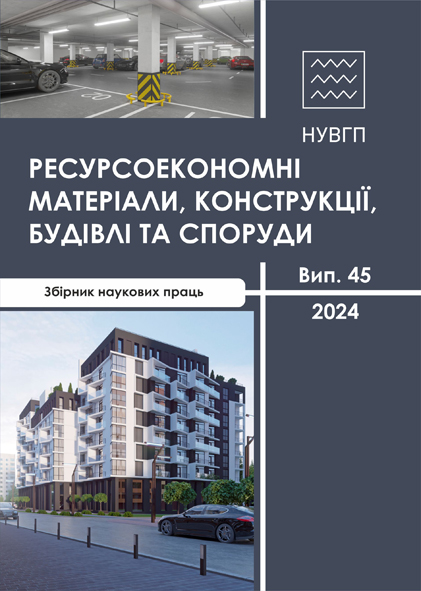PECULIARITIES OF MICROSTRUCTURES OF MODIFIED SLAG PORTLAND CEMENTS AND ALKALI-ACTIVATED SLAG PORTLAND CEMENTS INTENDED FOR THE RESTORATION OF DESTROYED CONCRETE STRUCTURES
DOI:
https://doi.org/10.31713/budres.v0i45.02Abstract
The developed cement compositions, which contain 56% slag, 5% glass powder, 3% sodium metasilicate and 2% oxalic acid, as well as the optimal amount of organo-mineral complex and water-reducing additives, are environmentally friendly and have low CO2 emissions compared to traditional cements. The structures of artificial stone made of the developed cement compositions are dense, low-porosity, less defective and permeated with a mixture of gel-like and latently crystalline phases of low-basic calcium hydrosilicates such as CSH(B) and pectolite and epitaxial growths of hydrogenite crystals with the inclusion of thompsonite and epistilbite. The presence of micropores with average integral sizes of 1.9...3.7 nm, 3.7...4.1 nm, and 4.9...5.7 nm accelerates recrystallisation processes among low-base hydrosilicate phases towards the formation of scoutite and crystallisation of zeolite-like phases, which affect high strength indicators at 28 days of curing. Mortars based on cements of the first and second types should be use under normal restoration conditions, and mortars based on cement of the third type - for extreme, rapid restoration works. The presence of these phases will help to obtain a strong adhesive bond at the interface between the vitreous concrete surface and the fresh repair mortar.

